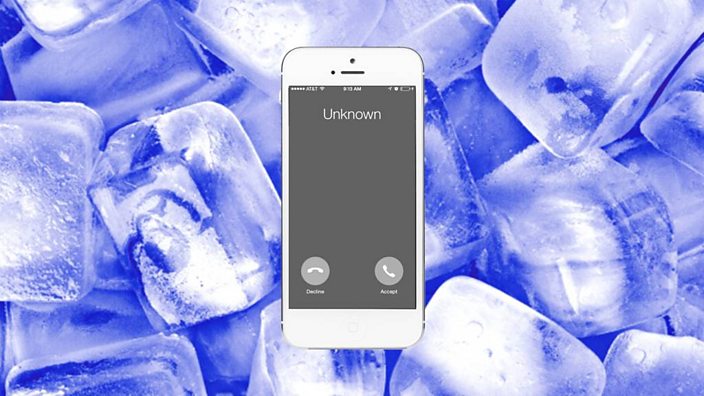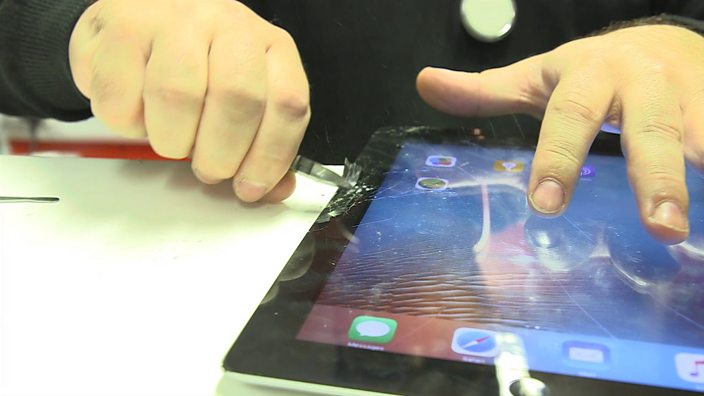 iStock
iStockWatchdog Wednesday: could this be the end of annoying withheld PPI calls?
If you’ve ever found yourself screaming, “No, I have not been in an accident that wasn't my fault!" at a total stranger, then get ready to celebrate, because this might finally be an end to those random PPI and sales calls.
A new law means that UK-registered companies have to display their phone number, even if they’re ringing from abroad. So you’ll no longer be tricked by the intrigue of a mystery withheld caller, only to find that it’s some poor soul paid to ask you about a PPI claim, or worse, that *pregnant pause* automated robot lady.
Ofcom are threatening fines of up to £2million and the Information Commissioner's Office, which looks after personal data privacy, can dish out fines of up to £500,000.
Most common types of nuisance call
Ofcom estimates that in the UK each year, we receive the following types of communication that threaten to turn us into the kind of people our mothers would not be proud of. These include:
4.8 billion nuisance calls
1.7 billion live sales calls
1.5 billion silent calls
940 million recorded sales messages
200 million of those spooky abandoned calls
In March 2016, the ICO received more than 10,000 complaints. Live accident claims calls were most likely to upset people, garnering a third of complaints. A fifth of the complainants were the victims of unwanted calls about energy savings and home improvements. Calls about lifestyle surveys, computer scams and PPI were also high in the complaints chart.
 BBC
BBC
How did they get my number in the first place?
Probably when you were signing up to a service, buying something, donating to charity, using a price comparison website or filling in a survey.
There’s often a tiny tick box and some very small print. Without realising it, you might agree for your number to be sold onto a data broker. They then make money buying and selling lists of numbers, including yours. The same list can be sold over and over again, leading to more and more calls. This is perfectly legal.
How on earth can I get off these annoying lists?
In the mean time, here are some ways to stop the phone botherers ruining your day:
1. Register with the Telephone Preference Service
Technically UK-based companies aren’t allowed to make unsolicited sales and marketing calls to people who have registered with the TPS. You can register here.
It’s totally free, so if anyone ever asks you to pay for the service say "NO!"
If you've 'opted in’ to marketing services or are getting calls from companies based abroad, the TPS probably can’t help you.
2. Keep your name off lists and out of phone books
Some companies use contact lists to target people with sales calls. If you have to give out your phone number, state that you do not want the company to call you for marketing purposes or to give your number to third parties.
If there’s a company that regularly rings you, ask them to take you off their list. They should do as you ask, but you could take a deep breath and to write to them as well.
3. See who’s calling, then block and bar the bad guys
If you have caller ID, you could only answer calls from numbers you recognise. Geniune callers will probably leave a message. Some mobile phones also allow you to block these numbers yourself in 'settings'.
For landlines: Many nuisance calls come from abroad, so if you don’t need to receive calls from other countries, you can ask your phone company to block calls from international numbers. You can also ask for calls from unknown numbers to be blocked. But - there might be a charge and this could also mean you miss out on some calls you actually want.
4. A blocking box?
There are devices and boxes which plug into landlines and help to screen calls. But watch out for scams and make sure you read trusted reviews before spending any money.
If you're still being driven round the bend and want to take it further, Ofcom has a handy page here on how to complain about nuisance calls and messages.
This article was first published on Wednesday May 4, 2016
 iStock
iStock











